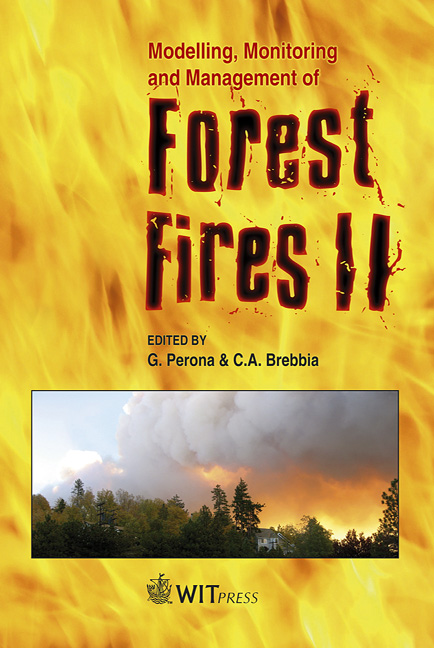Spatial Distribution Of Human-caused Forest Fires In Galicia (NW Spain)
Price
Free (open access)
Transaction
Volume
137
Pages
12
Page Range
247 - 258
Published
2010
Size
646 kb
Paper DOI
10.2495/FIVA100221
Copyright
WIT Press
Author(s)
M. L. Chas-Amil, J. Touza & J. P. Prestemon
Abstract
It is crucial for fire prevention policies to assess the spatial patterns of human-started fires and their relationship with geographical and socioeconomic aspects. This study uses fire reports for the period 1988-2006 in Galicia, Spain, to analyze the spatial distribution of human-induced fire risk attending to causes and underlying motivations associated with fire ignitions. Our results show that there are four distinctive types of municipalities in this region according to the incidence of intentional agricultural-livestock fires, pyromaniacal behavior, negligence, and unknown causes. They highlight that study of the spatial properties of the human causes and motivations of forest fire activity can provide valuable information for detecting the presence of non-random clusters of fires of various causes in particular locations, where fire management planning should be evaluated more in depth. Keywords: forest fires, intentionality, negligence, Galicia. 1 Introduction Forest fires can have devastating effects on forest ecosystems. The major impacts include loss of wildlife habitat; destruction of the vegetation and biomass; worsening of soil productivity and erosion; heating of water and increased sedimentation, with significant effects on aquatic organisms; and damaging atmospheric emissions including smoke and carbon. Forest fires may be the result of natural phenomena (i.e., mainly lightning), human negligence,
Keywords
forest fires, intentionality, negligence, Galicia





